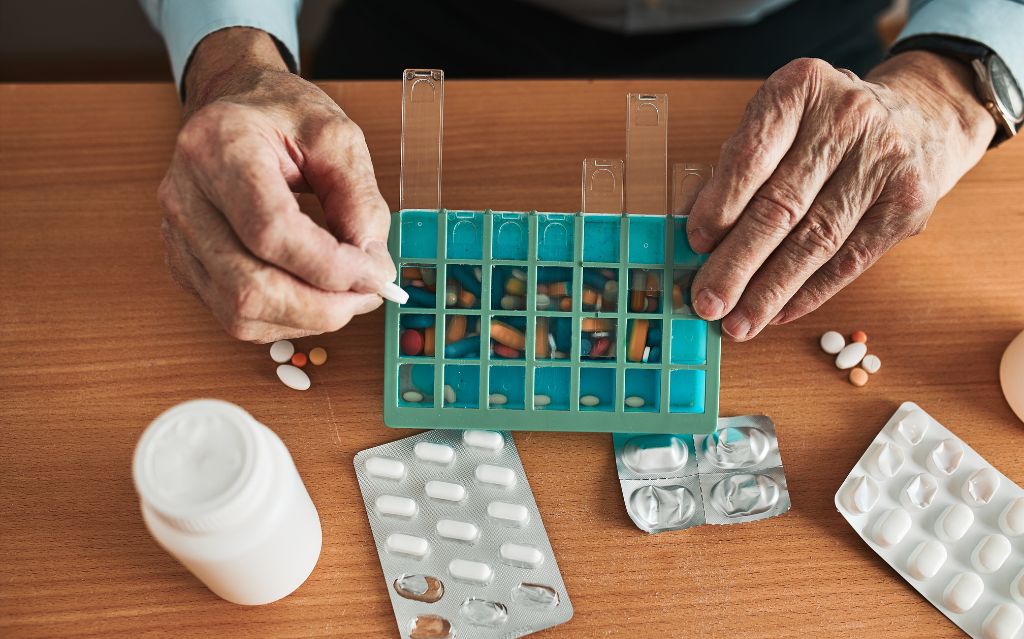
Population aging is one of the most relevant demographic phenomena of our time. In recent decades, increasing life expectancy, together with advances in the treatment of diseases, has led to a growing elderly population.
This demographic change has significant impacts on the demand for medical care and medications. While aging leads to an increase in the prevalence of chronic diseases, it also stimulates innovation in healthcare, highlighting the need for more efficient and affordable healthcare solutions.
Demographic aging and its health consequences
The aging population is transforming the structure of the world’s population, with an increasing number of elderly people. This phenomenon has profound implications for the health care system, as older people are more susceptible to chronic diseases such as diabetes, cardiovascular disease, arthritis, and neurodegenerative disorders.
Health care resources must adapt to meet this growing demand, with a focus on long-term treatment and prevention. Aging also increases the need for home care and services to manage mental health and quality of life.
The impact on the demand for drugs
The aging population has a direct impact on the demand for drugs. As the number of older people increases, so does the need for treatments for age-related diseases and conditions.
Older people tend to consume more medications in addition to requiring specific medications for neurodegenerative diseases, such as Alzheimer’s and Parkinson’s, which mainly affect the elderly. This leads to a significant increase in demand for long-term therapies and specialized drug care. What can be done to address these needs?
Strategies to address growing demand
To address the growing demand for drugs related to an aging population, a number of targeted strategies are needed. First and foremost, it is essential to encourage research and development of innovative drugs for age-related diseases. In addition, personalization of therapies, with treatments targeted to the needs of elderly patients, is essential.
Another crucial aspect is to improve the efficiency of manufacturing and distribution, adopting advanced technological solutions to optimize processes and ensure timely availability of drugs.
An aging population is a growing challenge for the health sector, requiring a strategic approach to meet the ever-increasing demand for drugs and medical care. Health policies will need to adapt to this new reality, focusing on sustainable and inclusive solutions to meet future challenges and improve the quality of life of the elderly.


